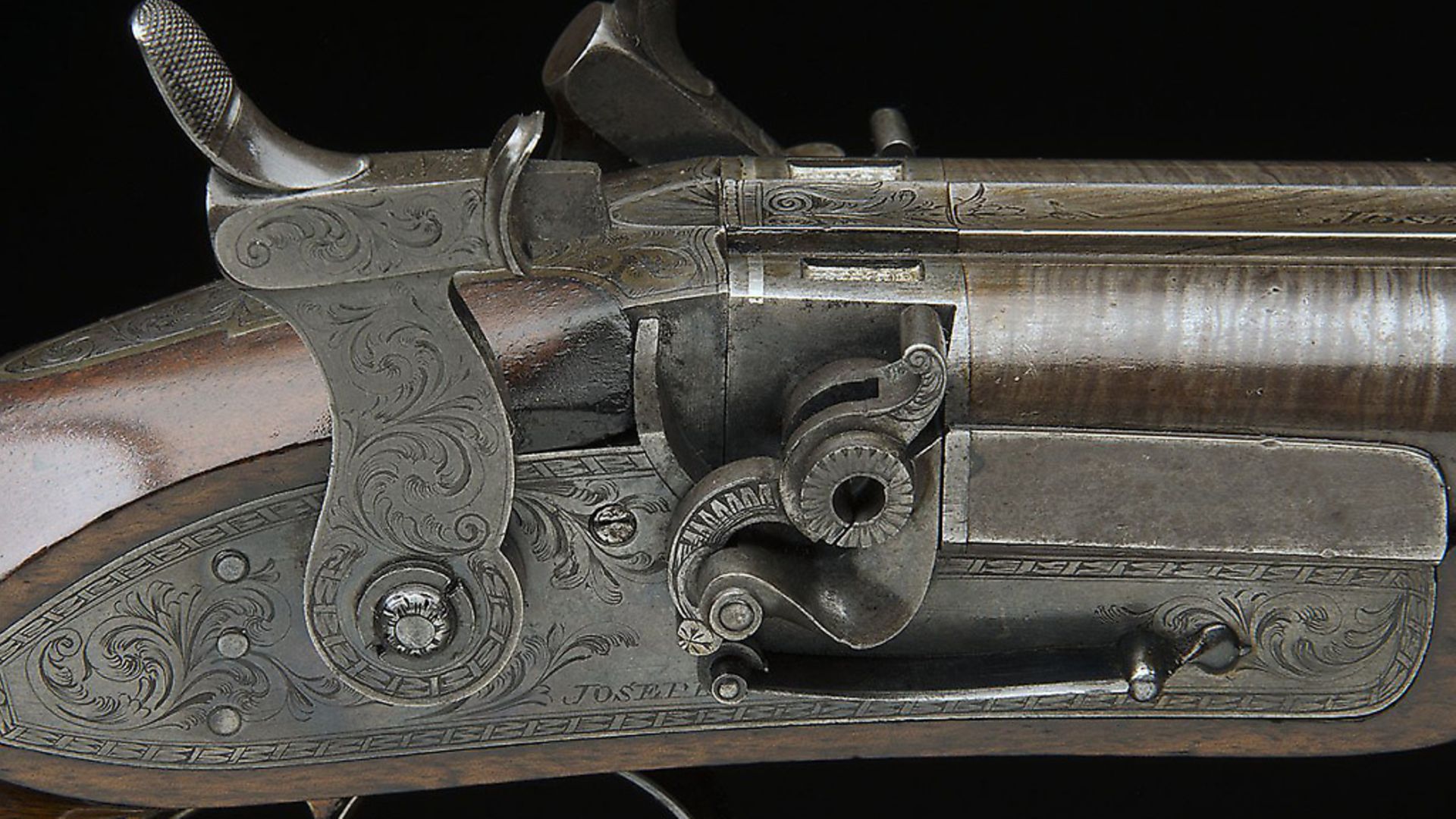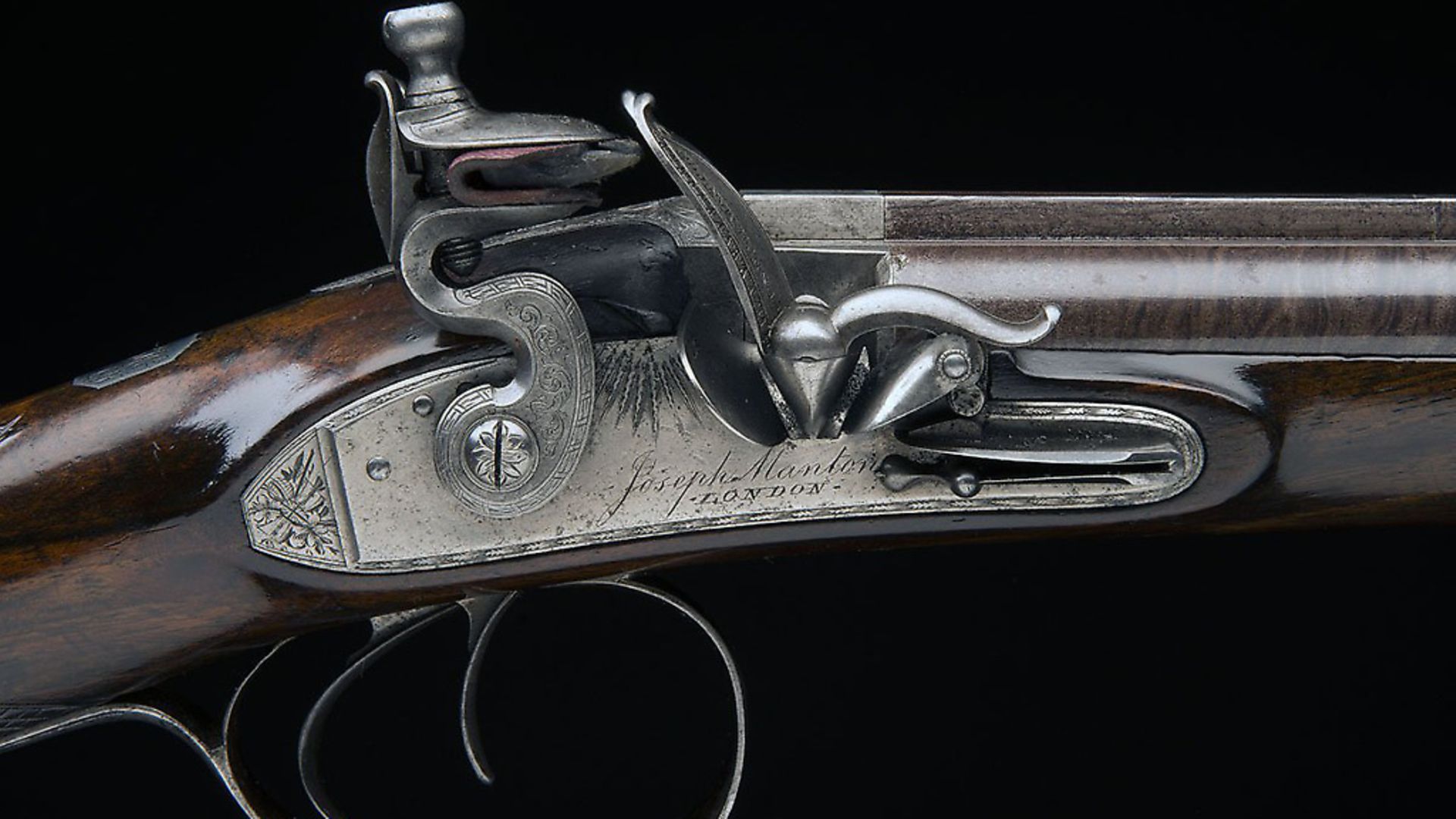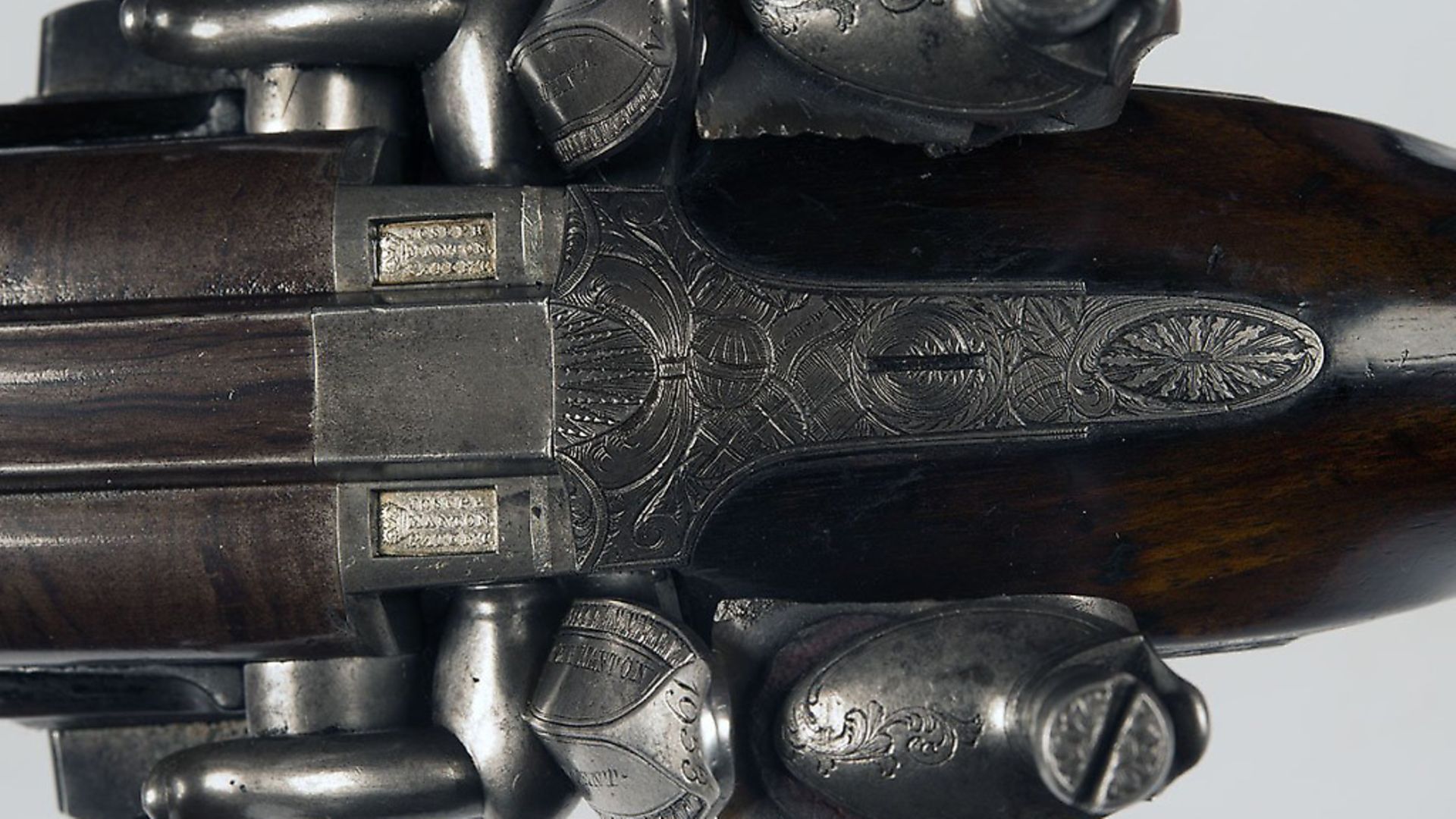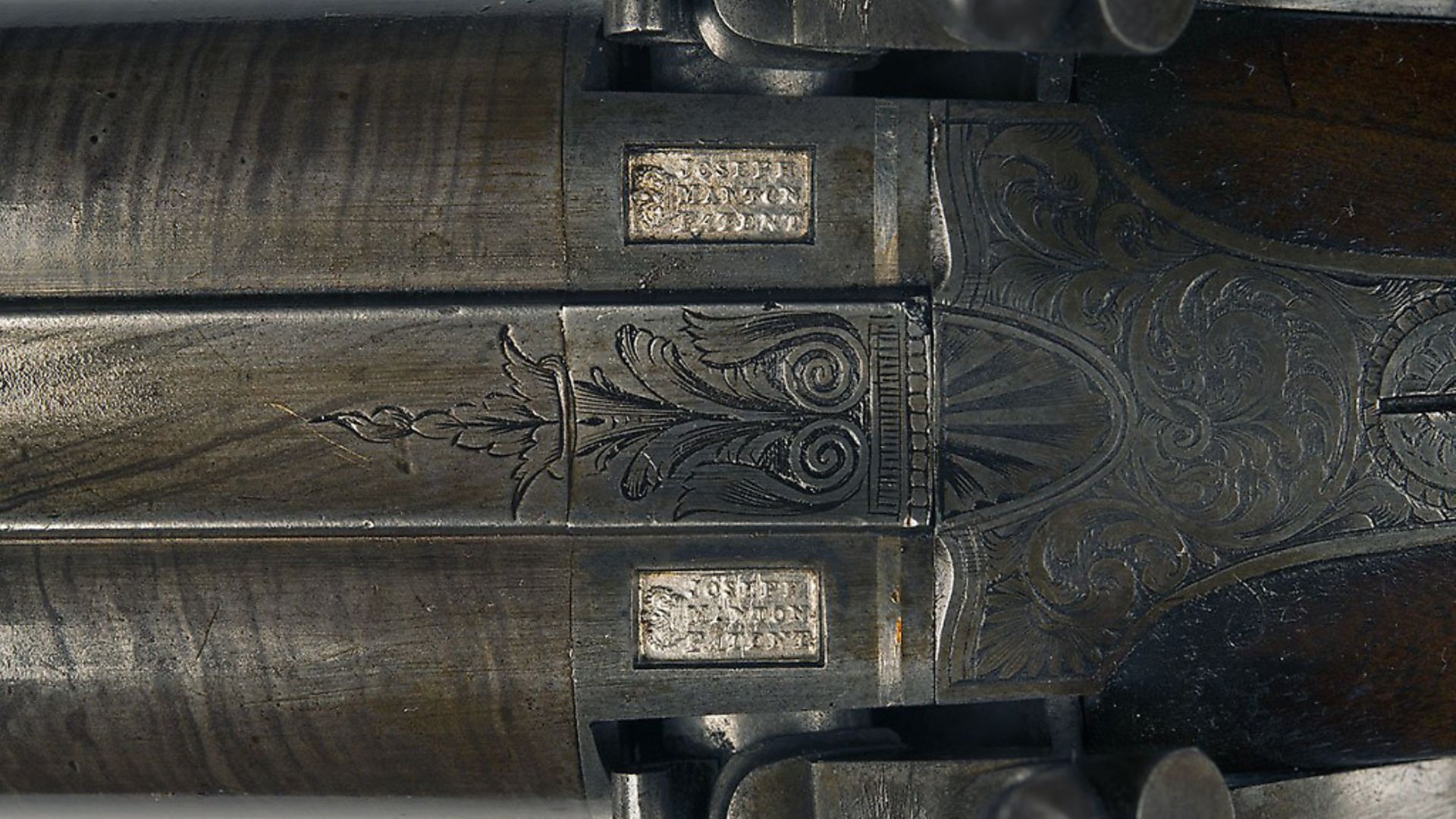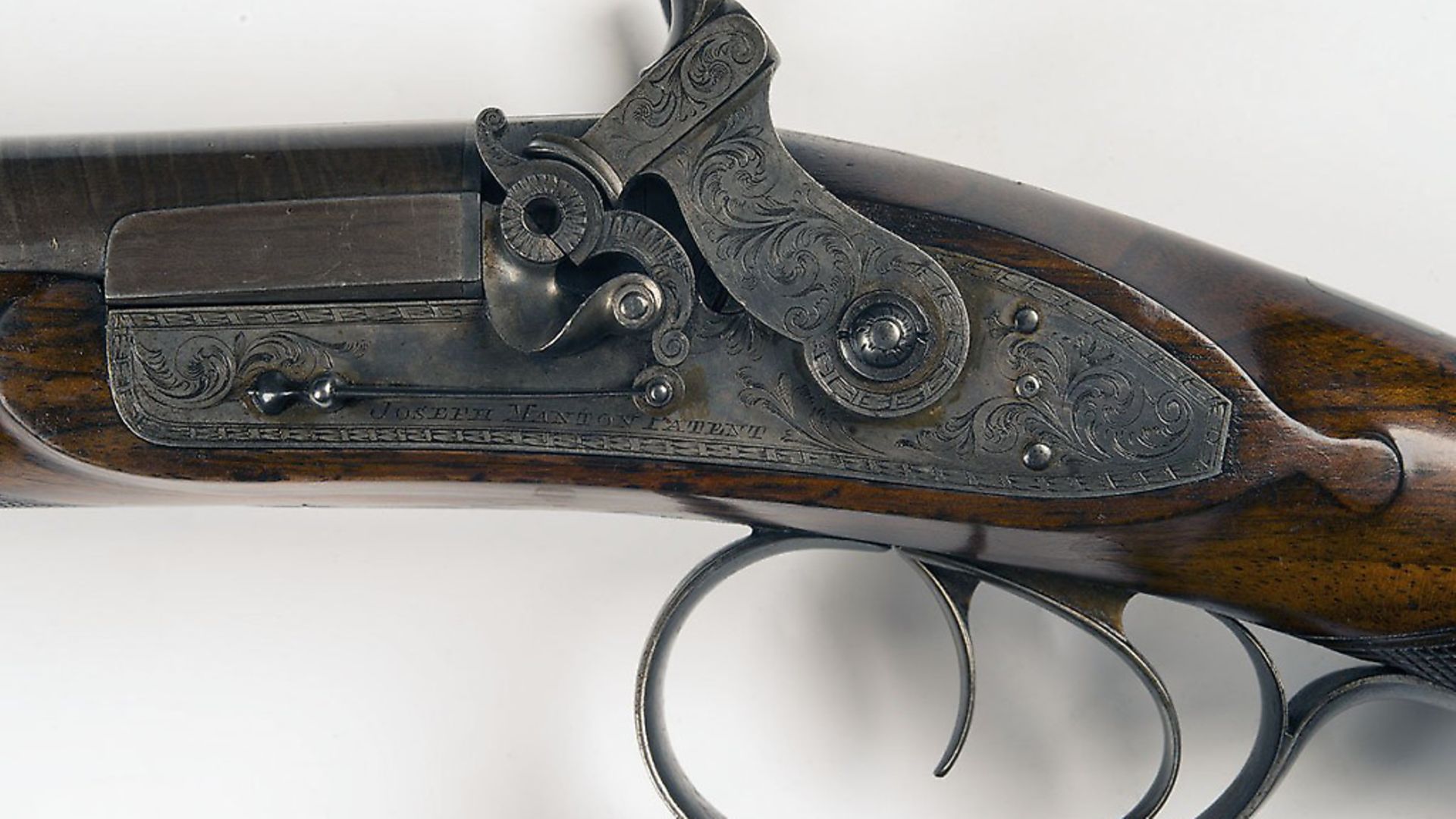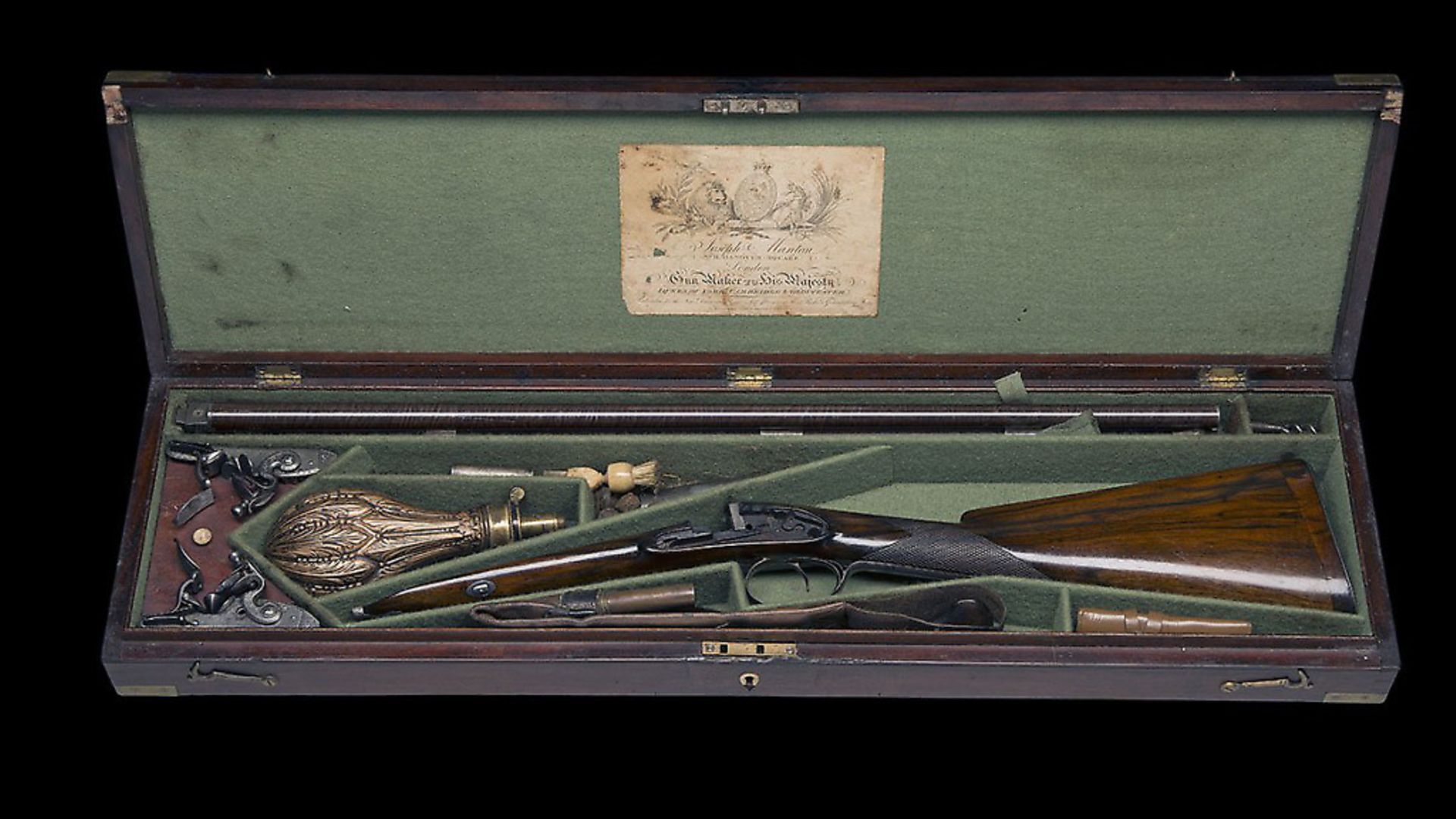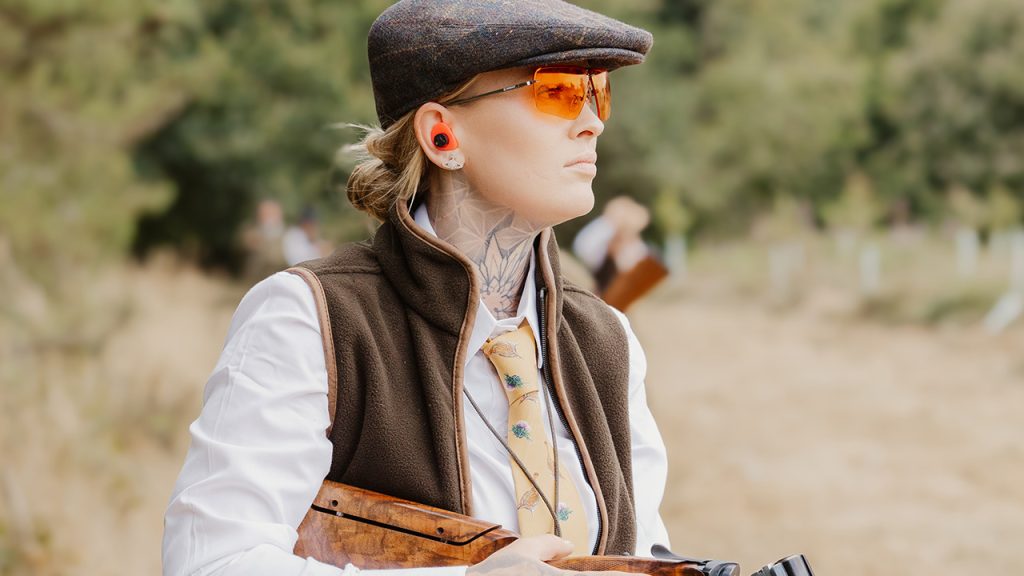Greats of gunmaking – Joseph Manton
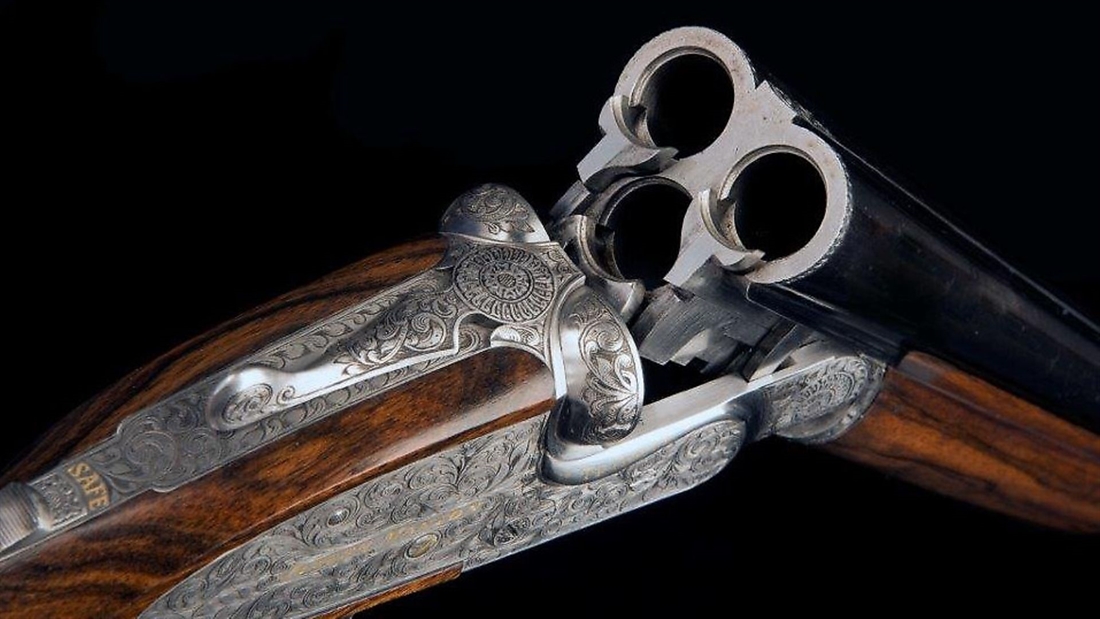
The gunmaker Joseph Manton’s innovative inventions made sporting shotguns what they are today. Discover more about this fascinating figure in the history of gunmaking
Joseph Manton: 6 April 1766 – 29 June 1835
Joseph Manton was born in Grantham, Lincolnshire in 1766, and at the age of 14 was apprenticed to a local gunmaker. In 1781, he began working under his brother, John Manton, a gunmaker of 6 Dover Street, London.
In 1789, at the age of 23, Joseph started out on his own, working mostly on ways to improve rifling and wadding. His fantastic and modern ideas garnered interest from the British government and he was given patronage to explore many of his ideas further. Joseph Manton’s fame spread rapidly. His Mayfair gun shop was soon patronised by prominent businessmen, leading politicians and nobility. He was awarded a Royal Warrant as well as lucrative contracts from the East India Company.
Manton was married in 1790 to Mary Aitkens, and they went on to have nine children together. One was named Joseph; and he would go on to join his father in the business. Throughout the 1790s, Manton’s company would make around 100 guns per year, focusing on duelling pistols and fowling pieces.
Manton is credited with the invention of the tubelock in 1814. This was really the precursor to the percussion cap, and was an important milestone on the path from flintlock to percussion cap guns. The principal was very simple – instead of using a bit of flint to generate a spark on steel to ignite powder, the hammer instead struck down on a pill of ‘fulminate of mercury’ wrapped in copper. When struck, the pill would explode, the flame igniting the main powder charge. Although this technology was superseded in 1822 by a cup filled with fulminate (the percussion cap), it was nevertheless an important step in firearms manufacture. Plenty of sportsmen adopted it as well as a variation that was adopted by the Austrian military.
Joseph Manton was firm friends with Colonel Peter Hawker, a great sportsman and pioneering wildfowler. The pair worked together to produce some of the fowling pieces of the muzzle-loading era, and really turned the ‘fowling piece’ into the ‘sporting shotgun’ that we recognise today. The idea of making a sporting shotgun a thing of beauty began with Manton; essentially, he is the reason we fall in love with a gun because of its looks and the reason that we therefore have no money! In fact, Joseph Manton guns are significantly more sought after than some of the major makers still around today.
Manton is also credited with paving the way to breech-loading guns. This started with the development of a disposable cannon cartridge. Instead of loading all pieces independently into the front of the gun, a wooden cup (cut to fit down the rifling on a rifled cannon barrel) was attached to a bag of powder, which in turn was attached to a cannon ball. This self-contained ammunition was also available for smaller guns, and was the start of what we know today as modern bullets.
Manton did all of this research and development in conjunction with the British army, with the army lending Manton a gun and ongoing investment. When Manton went to bill the army for his work, they fell out, as the army felt Manton wanted too much (£30,000 in 1820 works out as £3,500,000, give or take a few quid). Manton had patented the design already so the army had to pay him to use it – their offer was one farthing per shell (a farthing was ¼ of a penny or 1/960 of a pound – equivalent today to £0.13 per shell). Although the production rate of shells would have been great, this did not agree with Manton and he refused the offer. During the long dispute, the army was still allowed to make shells, but had to buy the wooden cups from Manton.
In the end, the army won out, Manton lost the legal battle and his fortune along with it. In 1826, the great man was declared bankrupt, the bank seizing his workshop on Oxford Street as well as his large stock of guns. Although the company tried to restart, increasing debts forced its closure once again, leaving Joseph Manton in debtors’ prison between 1828 and 1829.
Manton’s gun shop produced a generation of gunmakers that made London gunmaking what it is today. James Purdey, Thomas Boss, William Moore and Charles Lancaster all worked for him and these four men alone went on to found some of the best gunmaking businesses of all time.
Joseph Manton died on 29 June 1835 at the age of 59. Colonel Hawker wrote in his epitaph that while his tomb may hold his mortal remains, ‘an everlasting monument to his unrivalled genius is already established in every quarter of the globe by his celebrity as the greatest artist in firearms ever the world produced, as the founder and the father of the modern gun trade, and as a most scientific inventor in other departments, not only for the benefit of his friends and the sporting world, but for the good of his king and country’.
Essentially, every time you pick up a shotgun for sport and put a self-contained piece of ammunition in it – think of this man.
In 2010, Joseph Manton (London) was formed to resurrect the Manton name – as well as a beautiful collection of original guns, the company offers some of the most beautiful London guns available today, including Best sidelocks and a triple-barrelled offering!




